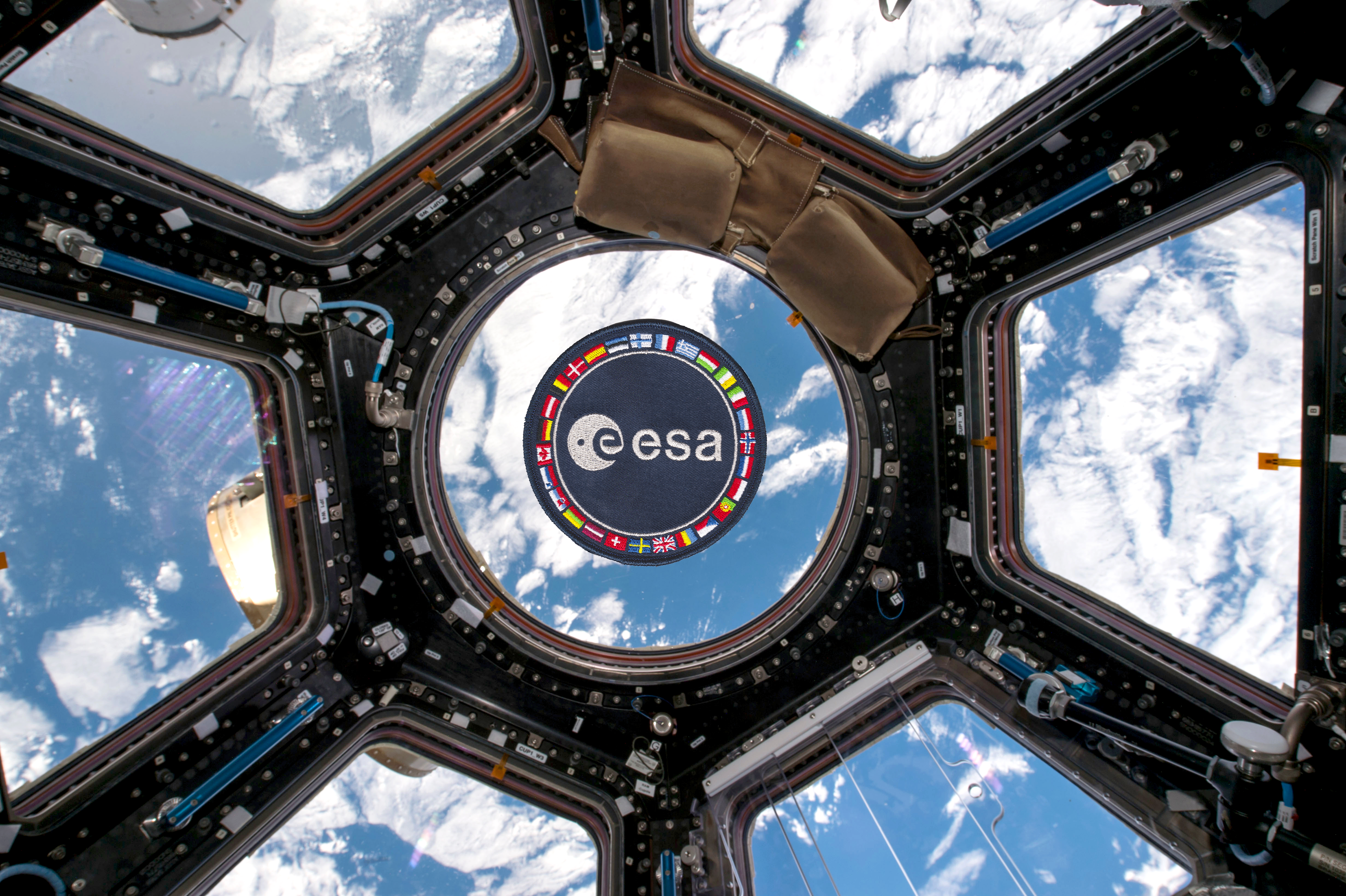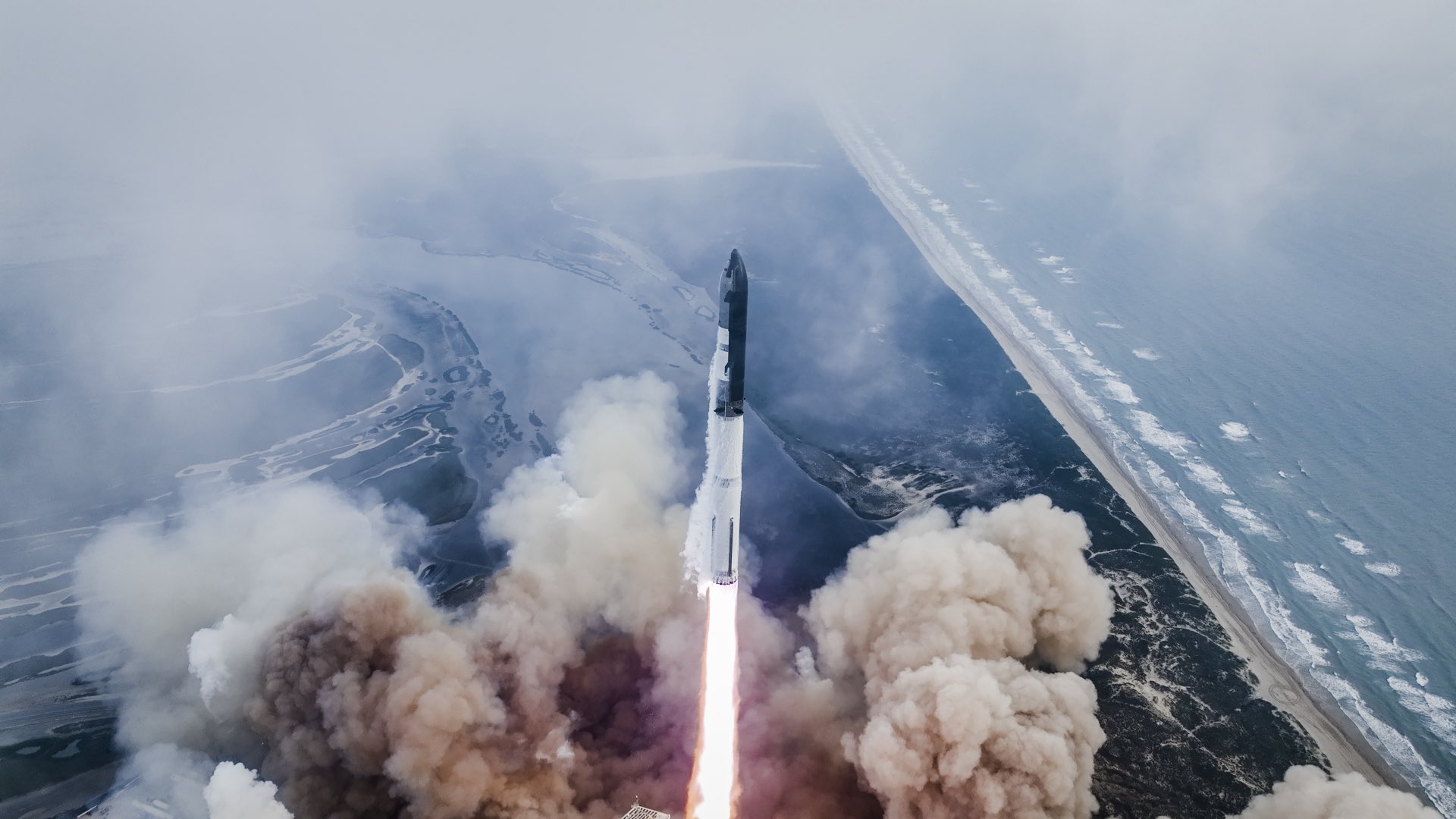· space brief · 4 min read
Space Brief 18 Apr 2025
Today's highlights include a Minotaur IV launch of U.S. spy satellites, Rocket Lab's new defense contracts, and the unveiling of Space Force's warfighting framework. Plus, the Satellite Spotlight dives into METEOR 3-1.

📄Top Stories
A Minotaur IV rocket has launched multiple classified payloads for the U.S. National Reconnaissance Office from Vandenberg Space Force Base. Rocket Lab secures major defense contracts to advance hypersonic testing technologies. The U.S. Space Force reveals its new warfighting framework emphasizing “space superiority” as essential for military power projection.
📰Detailed Coverage
Minotaur IV Rocket Launches Classified Payloads
A Minotaur IV rocket successfully launched multiple classified payloads for the U.S. National Reconnaissance Office from California’s Vandenberg Space Force Base on April 16. This mission underscores the increasing importance of space-based intelligence and security capabilities for national defense.
The Minotaur IV, derived from decommissioned military technology, underscores the integration of former ICBM rockets into peaceful, defense-centric roles in orbit. This launch is pivotal for satellite tracking enthusiasts as it highlights ongoing advancements in satellite deployment missions accessible through real-time tracking via our web app.
Read the full story: Space.com
Rocket Lab’s Major Defense Deals
Rocket Lab USA, Inc. has been entrusted with significant defense contracts from both the United States and the UK to support the evolution of hypersonic technologies. Their HASTE launch vehicle forms a core component of these initiatives aimed at enhancing hypersonic testing frameworks crucial for national defense.
The collaboration enlists Rocket Lab’s engineering prowess to innovate within the hypersonic field, a realm set to redefine strategic combat and surveillance. Key for the defense community, these advancements reaffirm Rocket Lab’s role in modernizing how satellites participate in supporting global defense endeavors.
Read the full story: SpaceDaily
Space Force Unveils New Warfighting Framework
The U.S. Space Force has articulated a new “warfighting framework” emphasizing space superiority as foundational for military power. This paradigm advocates for “space control” to ensure dominance and effectiveness across military operations.
Amidst escalating geopolitical tensions and renewed focus on infrastructural security, the document stresses the necessity of maintaining unrestricted and safe access to space. This framework is integral to understanding how orbital maneuvers and control become central to military strategy.
Read the full story: Breaking Defense
Defense Innovation Unit’s Undersea Drone Initiative
The Defense Innovation Unit has announced a solicitation for an undersea drone capable of “long-range” payload deployment. This initiative underscores the military’s shift towards autonomous systems that offer versatile payload options for underwater missions.
As these technologies advance, they are expected to complement existing satellite networks by providing multifaceted operational capabilities, showcasing the intertwined nature of surface, underwater, and orbital defense strategies.
Read the full story: Breaking Defense
🛰️Satellite Spotlight
- Satellite Name: METEOR 3-1
- NORAD ID: 16191
- Launch Date: 1985 Oct 24
- Mission: Meteorological observations
- Orbit: Inclination 82.5497°, Period 109.3 minutes, Eccentricity 0.0019608
- Operator: GMS (Soviet Union)
- Fun Fact: METEOR 3-1 was part of the METEOR series, providing extensive data for global weather forecasting during its mission.
Current TLE Data:
1 16191U 85100A 25107.73798959 -.00000006 00000+0 -47222-4 0 9992
2 16191 82.5497 337.0241 0019608 344.9746 81.6314 13.17301052898322Track this satellite in real-time on our web app: Track METEOR 3-1
🚀 Upcoming Space Launches
April 18
- China Aerospace Science and Technology Corporation Long March 4B:
- Unknown Payload from Taiyuan Satellite Launch Center, People’s Republic of China (22:44 UTC)
April 19
- SpaceX Falcon 9 Block 5:
- NROL-145 from Vandenberg SFB, CA, USA (10:41 UTC) Tenth batch of satellites for a reconnaissance satellite constellation built by SpaceX and Northrop Grumman for the National Reconnaissance Office to provide imaging and other reconnaissance capabilities.
April 21
- SpaceX Falcon 9 Block 5:
- Dragon CRS-2 SpX-32 from Kennedy Space Center, FL, USA (08:15 UTC) 32nd commercial resupply services mission to the International Space Station operated by SpaceX, delivering supplies and payloads including materials for scientific research.
April 22
-
SpaceX Falcon 9 Block 5:
- Bandwagon 3 (Dedicated Mid-Inclination Rideshare) from Cape Canaveral SFS, FL, USA (00:43 UTC) Dedicated rideshare flight to a mid-inclination orbit with dozens of small microsatellites and nanosatellites.
-
China Aerospace Science and Technology Corporation Long March 8:
- G60 Group TBD from Wenchang Space Launch Site, People’s Republic of China (15:39 UTC) Low Earth Orbit communication satellites for the G60 constellation, aimed at providing extensive coverage and services.
April 24
- China Aerospace Science and Technology Corporation Long March 2F/G:
- Shenzhou 20 from Jiuquan Satellite Launch Center, People’s Republic of China (09:07 UTC) Ninth crewed flight to the Chinese space station.
April 25
-
SpaceX Falcon 9 Block 5:
- Starlink Group 6-74 from Cape Canaveral SFS, FL, USA (01:32 UTC) A batch of satellites for the Starlink mega-constellation for space-based internet communications.
-
SpaceX Falcon 9 Block 5:
- Starlink Group 11-9 from Vandenberg SFB, CA, USA (21:40 UTC) A batch of satellites for the Starlink mega-constellation for space-based internet communications.
April 27
- Firefly Aerospace Alpha:
- FLTA006 (Message in a Booster) from Vandenberg SFB, CA, USA (13:37 UTC) Sixth flight of the Firefly Alpha, launching a demonstration mission for Lockheed Martin’s LM400 satellite bus, featuring a customizable design for various missions.
April 29
- Arianespace Vega-C:
- Biomass from Guiana Space Centre, French Guiana (09:15 UTC) European Space Agency mission to measure forest carbon density using civilian P-band synthetic aperture radar.
Note: Launch dates and times are subject to change due to technical or weather considerations.

Maurice Stellarski





